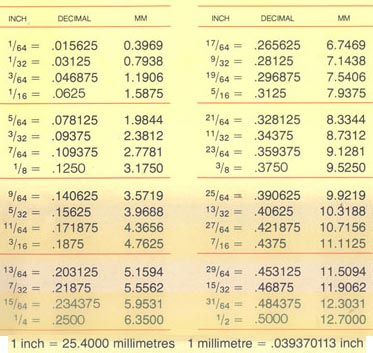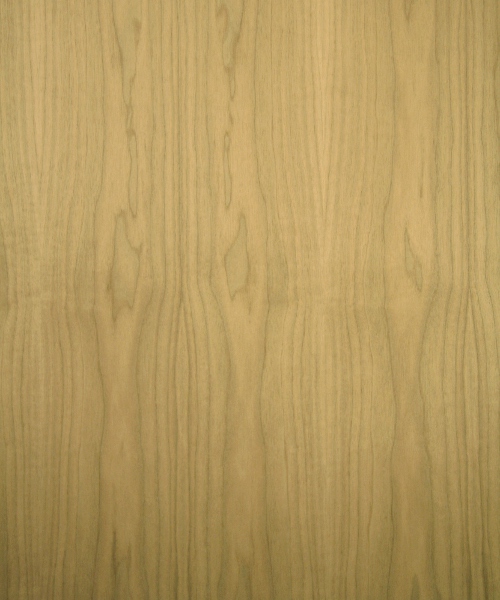Question
I would like tips for making the change to metric. Not 32mm specifically, but rather general "learning to think metric" ideas. Already installed the dual tapes on equipment and hip pockets. Now I have to change hearts and minds. I keep having memories of the Mars space mission a few years ago that missed the planet entirely because we (NASA) forgot to convert to the metric system...
Forum Responses
(Cabinetmaking Forum)
From contributor T:
It's the other way around. The engineer from England input metric coordinates into our standard, which caused the famous miss. We are the guys with the 1/16" fudge factor.
I applaud your leap of faith into the metric world. It certainly will not hurt but there will be some hurdles. A lot of our hardware and supplies are still on the US standard and probably will be for some time, so there will be confusion related to this. Also, it's just that in the US we have a standard that we have used for a long time and it will be difficult to get the lay person to come around.
I think it would be best if you just convert to the true 32 system. You will have less headaches in general. For example, if you want to communicate with an outside source here in the US, you would most likely have to convert your dimensions to standard just to be understood, or risk the chance of just missing it by a fraction. I'm sure that the British and Europeans would love it, though.
9 = 228mm 12 = 305mm
15 = 381mm 18 = 457mm
21 = 533mm 24 = 610mm
27 = 686mm 30 = 762mm
33 = 838mm 36 = 914mm
39 = 990mm 42 =1066mm or 1.066 Meters
45 = 1143mm 48 = 1220mm


Always work in millimeters, never centimeters or meters.
It helps to have a tape measure marked liked this:
10 20...30 40 50 60 70 80 90 100 10 20 30 40 ..200 .10 20 etc.
Instead of:
10 20 30 40 50 60 70 80 90 100 110 120 130 200 210 220 etc
Forget about inches - you should only ever need to convert when dealing with the world outside your shop. Measure metric, cut metric.
Comment from contributor A:
Dont agonize on imagined difficulties and the thoughts of errors in conversion from one system to another. Just throw away the conversion charts and double duty tape measures and what have you. Ignore the centimeters and you are left with meters and millimeters. You can add M or mm to any figure in use, but in practice this is rarely necessary as common sense dictates what a measurement signifies.
As for any regret in having the alien French metric system imposed on me replacing centuries of tradition, forget it - all I have left is a huge embarrassment at how antiquated and inefficient the old system was. Curiously I still think imperial measurements when it comes to screws and nails, but metric sizes are more sensible. One thing is that the metric system allows a calculator to be used, so dont be surprised to find the lads on the tools quickly acquire one. Do not issue drawings with both measurements - this only causes problems. Why convert? The old system is dead, or should be.
Comment from contributor B:
I was the Production Supervisor of a country planing mill when the company 'went metric'. The General Manager addressed the crew in front of a fire in a 44 gallon drum. He walked aroung taking each person's 3' folding rule and threw them in the fire. Then he walked around and gave each person a tape measure. After that there was some initial confusion, but we avoided the conversion problems.
